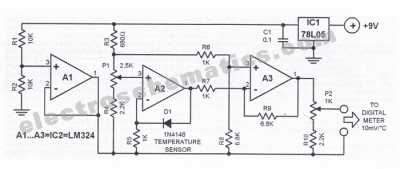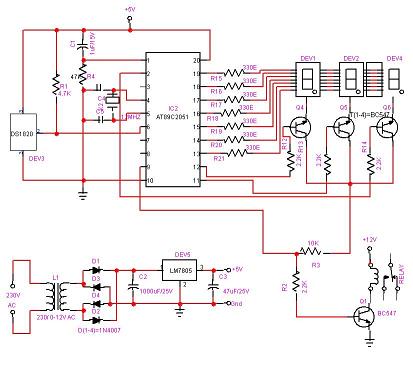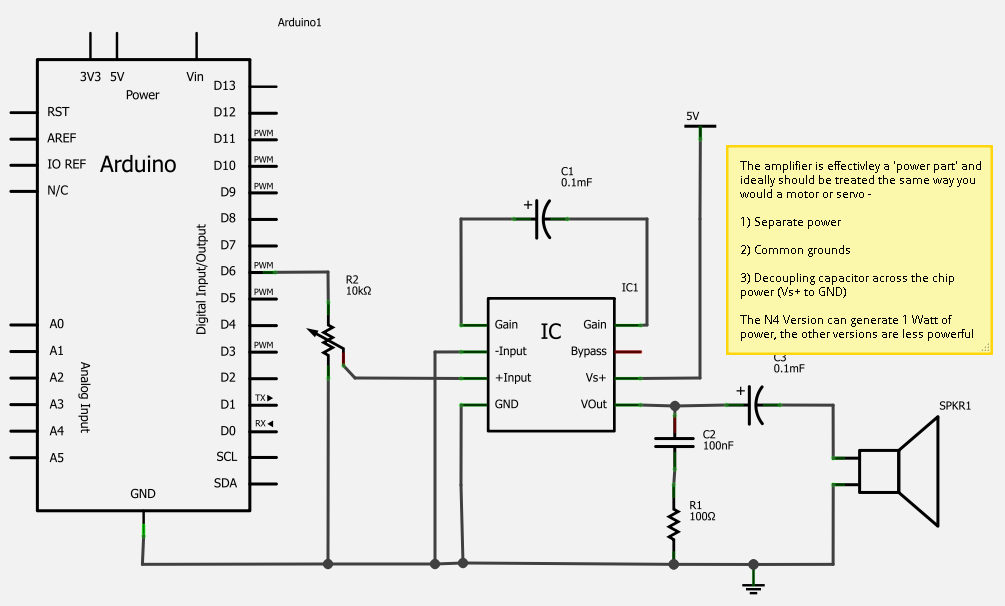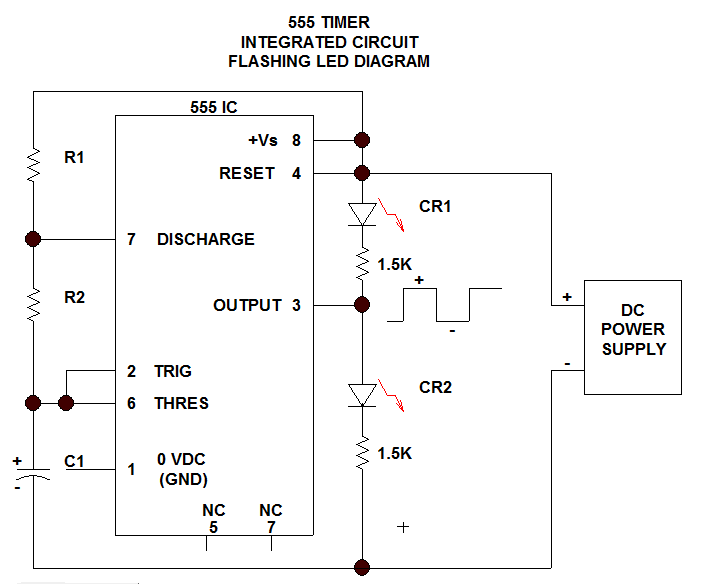
Projects

Cosmic ray detection can be viewed as an accessible introduction to particle physics experiments. The process of constructing, experimenting, and interpreting results has provided insights into the fascinating particles and forces that constitute the universe. Although documentation of all projects has not been possible, a list of some projects is available for inquiry. Cosmic rays are energetic particles that originate from deep space and collide with the Earth's atmosphere approximately 30 kilometers above the surface. They are sourced from various origins, including the Sun, other stars, and distant interstellar objects like black holes, with the majority being the accelerated remnants of supernova explosions. The term "cosmic rays" is somewhat misleading, as these particles arrive individually rather than in beams. Approximately 90% of cosmic rays are protons, 9% are helium nuclei, and the remaining 1% consists of electrons and other particles. Upon impact, these primary particles possess immense energy, enabling them to penetrate the atmosphere with atom-smashing capabilities. Cosmic rays typically exhibit energies exceeding 10^20 eV, surpassing those produced by terrestrial particle accelerators such as the Large Hadron Collider (LHC). The interactions of these particles generate a diverse array of high-energy particles and antiparticles in the upper atmosphere, including positive and negative pions and kaons, which decay into muons and muon neutrinos, alongside cascades of protons and neutrons resulting from nucleonic decay. Uncharged pions decay into pairs of high-energy photons, initiating large cascades of electrons, positrons, and gamma rays. At ground level, the resulting particle flux is predominantly composed of muons and electrons/positrons in a ratio of approximately 75% to 25%, with energies exceeding 4 GeV and traveling at nearly the speed of light (~0.998c). Muons generated from cosmic ray interactions gradually lose energy; despite starting with high energies, they can ionize numerous atoms before depletion. Given their minimal mass and near-light-speed travel, muons do not interact efficiently with other matter, allowing them to traverse substantial distances before being stopped. Consequently, muons are omnipresent, penetrating mountains, buildings, and even human bodies, often unnoticed except by scientists and enthusiasts. The existence of muons created by cosmic rays serves as a practical demonstration of Einstein's theory of relativity. A muon has an average lifetime of 2.2 microseconds, which theoretically limits its travel distance to 660 meters at near-light speed, suggesting they should not reach the Earth's surface. However, Einstein's theory indicates that time dilates for particles moving at relativistic speeds, extending the muon's lifetime significantly and allowing it sufficient time to reach the ground. Although muons themselves are challenging to detect, their after-effects can be observed using various radiation detectors. The cloud chamber, a classic and well-known example, is operational at the South Australian Museum and is a fascinating exhibit.
Cosmic rays serve as a critical area of study within astrophysics and particle physics, providing insights into fundamental processes occurring in the universe. The detection of cosmic rays involves sophisticated instrumentation, including scintillation detectors, Cherenkov detectors, and specialized cloud chambers. These devices capitalize on the ionization produced by high-energy particles as they pass through matter, enabling the visualization of particle tracks and interactions. In a cloud chamber, supersaturated vapor condenses along the paths of charged particles, creating visible trails that illustrate their trajectories. This visualization is essential for understanding the properties of cosmic rays and their interactions with the Earth's atmosphere.
The study of cosmic rays has implications beyond fundamental physics; it also contributes to fields such as space weather forecasting, radiation protection, and even medical imaging techniques. The ongoing research in cosmic ray detection not only enhances knowledge of high-energy astrophysical phenomena but also fosters advancements in technology and methodologies applicable across various scientific disciplines. The exploration of cosmic rays continues to be a vibrant area of inquiry, revealing the complexities of the universe and the fundamental laws that govern it.I`ve now come to see cosmic ray detection as the poor man`s version of particle physics experiments. As the journey of construction, experimentation and interpretation of results, has meant learning a little bit more about the fascinating particles and forces that make up our universe. I haven`t had time to document all my projects, but below are a list of some projects please feel free to write to me and ask question if information is not clear enough. Cosmic rays are energetic particles originating from deep space that hit our atmosphere 30km above the Earth`s surface. They come from a variety of sources including our own Sun, other stars and distant interstellar objects such as black wholes, but most are the accelerated remnants of supernova explosions.
Although commonly called cosmic rays the term "ray" is a misnomer, as cosmic particles arrive individually as a primary particle, not as a ray or beams of particles. 90% are Protons, 9% helium nuclei, and the remainder electrons or other particels. When these primary particles hit, they do so with such tremendous energy they rip their way into our atmosphere with atom smashing power.
Cosmic rays are commonly known to have energies well over 1020 eV ( electron volts ), far more than any particle accelerator built here on earth, like the Large Hadron Collider (LHC). These interactions produce an exotic zoo of high energy particles and anti-particles high in the earth`s atmosphere such as positive and negative pions and kaons that subsequently decay into muons and muon neutrinos (including cascades of protons and neutrons as a result of nucleonic decay).
Where uncharged pions decay into pairs of high energy photons they become the starting points of large cascades of electrons, positrons and gamma rays. The resulting flux of particles at ground level consists mainly of muons and electrons/positrons in the ratio of roughly 75% : 25% still with energies greater than 4GeV travelling at near the speed of light ~0.
998c. Muons created by the interaction of cosmic rays and our atmosphere lose their energy gradually. Muons start with high energies and therefore have the capacity to ionise many atoms before their energy is exhausted. Further, as muons have little mass and travel at nearly the speed of light, they do not interact efficiently with other matter.
This means they can travel through substantial lengths of matter before being stopped. Consequently, muons are all around us, passing through just about everything. They can penetrate mountains, buildings, our bodies, and deep into the Earth`s surface, without anyone really being aware of their existence other than scientists and obsessive geeks Muons created by the interaction of cosmic rays are an everyday demonstration of Einstein`s theory of relativity. A muon has a measured mean lifetime of 2. 2 microseconds. Consequently, they should only be able to travel a distance of 660 metres even at near the speed of light and should not be capable of reaching the ground.
However Einstein`s theory showed that time ticks slowly for particles moving at speeds close to that of light. Whilst the mean lifetime of the muon at rest is only a few microseconds, when it moves at near the speed of light its lifetime is increased by a factor of ten or more giving these muons plenty of time to reach the ground.
Unfortunately a muon created as a result of Cosmic Rays is not easily seen, but their after-effects when passing through is a little more easier, typically most forms of radiation detectors will do the job. The oldest and most famous example of this is the Cloud chamber. There is an operational cloud chamber installed and running at the South Australian Museum and is well worth a look (I think its fascinati
🔗 External reference
Cosmic rays serve as a critical area of study within astrophysics and particle physics, providing insights into fundamental processes occurring in the universe. The detection of cosmic rays involves sophisticated instrumentation, including scintillation detectors, Cherenkov detectors, and specialized cloud chambers. These devices capitalize on the ionization produced by high-energy particles as they pass through matter, enabling the visualization of particle tracks and interactions. In a cloud chamber, supersaturated vapor condenses along the paths of charged particles, creating visible trails that illustrate their trajectories. This visualization is essential for understanding the properties of cosmic rays and their interactions with the Earth's atmosphere.
The study of cosmic rays has implications beyond fundamental physics; it also contributes to fields such as space weather forecasting, radiation protection, and even medical imaging techniques. The ongoing research in cosmic ray detection not only enhances knowledge of high-energy astrophysical phenomena but also fosters advancements in technology and methodologies applicable across various scientific disciplines. The exploration of cosmic rays continues to be a vibrant area of inquiry, revealing the complexities of the universe and the fundamental laws that govern it.I`ve now come to see cosmic ray detection as the poor man`s version of particle physics experiments. As the journey of construction, experimentation and interpretation of results, has meant learning a little bit more about the fascinating particles and forces that make up our universe. I haven`t had time to document all my projects, but below are a list of some projects please feel free to write to me and ask question if information is not clear enough. Cosmic rays are energetic particles originating from deep space that hit our atmosphere 30km above the Earth`s surface. They come from a variety of sources including our own Sun, other stars and distant interstellar objects such as black wholes, but most are the accelerated remnants of supernova explosions.
Although commonly called cosmic rays the term "ray" is a misnomer, as cosmic particles arrive individually as a primary particle, not as a ray or beams of particles. 90% are Protons, 9% helium nuclei, and the remainder electrons or other particels. When these primary particles hit, they do so with such tremendous energy they rip their way into our atmosphere with atom smashing power.
Cosmic rays are commonly known to have energies well over 1020 eV ( electron volts ), far more than any particle accelerator built here on earth, like the Large Hadron Collider (LHC). These interactions produce an exotic zoo of high energy particles and anti-particles high in the earth`s atmosphere such as positive and negative pions and kaons that subsequently decay into muons and muon neutrinos (including cascades of protons and neutrons as a result of nucleonic decay).
Where uncharged pions decay into pairs of high energy photons they become the starting points of large cascades of electrons, positrons and gamma rays. The resulting flux of particles at ground level consists mainly of muons and electrons/positrons in the ratio of roughly 75% : 25% still with energies greater than 4GeV travelling at near the speed of light ~0.
998c. Muons created by the interaction of cosmic rays and our atmosphere lose their energy gradually. Muons start with high energies and therefore have the capacity to ionise many atoms before their energy is exhausted. Further, as muons have little mass and travel at nearly the speed of light, they do not interact efficiently with other matter.
This means they can travel through substantial lengths of matter before being stopped. Consequently, muons are all around us, passing through just about everything. They can penetrate mountains, buildings, our bodies, and deep into the Earth`s surface, without anyone really being aware of their existence other than scientists and obsessive geeks Muons created by the interaction of cosmic rays are an everyday demonstration of Einstein`s theory of relativity. A muon has a measured mean lifetime of 2. 2 microseconds. Consequently, they should only be able to travel a distance of 660 metres even at near the speed of light and should not be capable of reaching the ground.
However Einstein`s theory showed that time ticks slowly for particles moving at speeds close to that of light. Whilst the mean lifetime of the muon at rest is only a few microseconds, when it moves at near the speed of light its lifetime is increased by a factor of ten or more giving these muons plenty of time to reach the ground.
Unfortunately a muon created as a result of Cosmic Rays is not easily seen, but their after-effects when passing through is a little more easier, typically most forms of radiation detectors will do the job. The oldest and most famous example of this is the Cloud chamber. There is an operational cloud chamber installed and running at the South Australian Museum and is well worth a look (I think its fascinati
🔗 External reference





